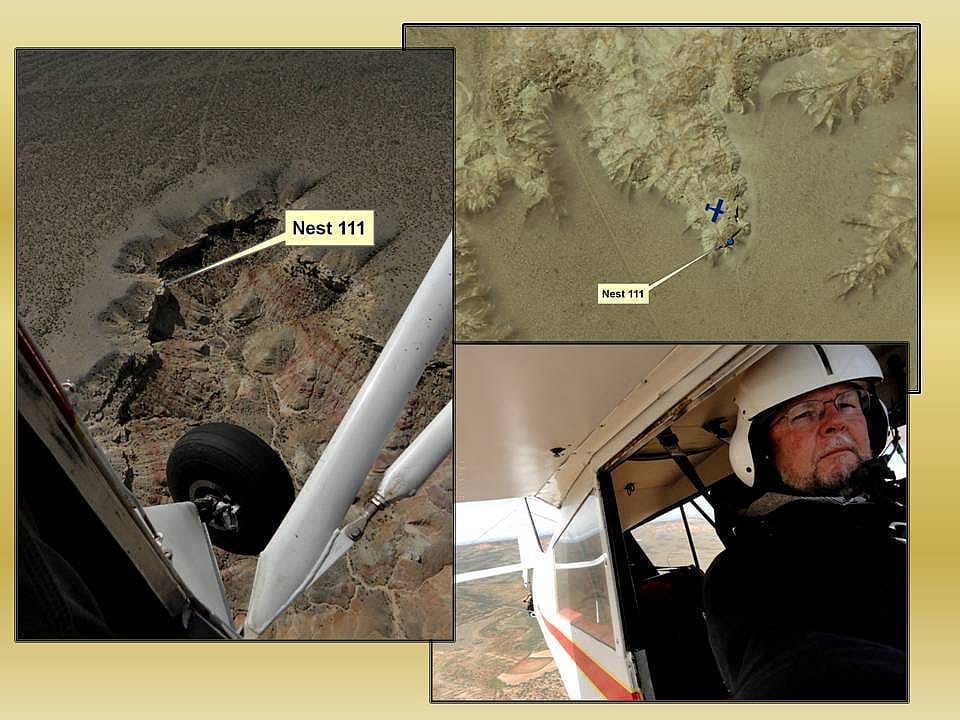
Golden Eagle Incubation Season 2014
The Bighorn Basin Sagebrush-steppe Ecology Project—Golden Eagle Incubation Season 2014
It’s that time of year again, when Richard Jones, our Golden Eagle Posse citizen science crew, and the rest of our Draper Natural History Museum team search out eagle nest territories in our study area to determine what territories are occupied and how many eagle pairs are incubating eggs.

Egg-laying in our wild eagles began in early-mid March, about the same time our captive, non-releasable Golden Eagle, Kateri, laid two infertile eggs in her mew. The study area comprises about 250,000 hectares in the Bighorn Basin, in the eastern margin of the Greater Yellowstone Ecosystem.

Our early season rabbit surveys indicated at least a slight increase in rabbits compared with the last several years, so the cycle may be on an upswing. Golden Eagle breeding activity seems to support our hypothesis, because the number of eagles incubating eggs this year has nearly doubled from last year!
We’ve been surveying nest areas by fixed-wing aircraft and from the ground this year, watching brown sagebrush and grasses turn green very quickly. We’ve also been experimenting very cautiously with an unmanned aerial vehicle to check nests that are difficult to examine closely from either manned aircraft or ground.
Great results thus far! We’ve been able to see fresh greenery on some nests, thus determining that these nest areas are occupied by eagles even though the birds are not incubating eggs.

We are expecting our first hatchings during the last week in April and early May, and will be following the progress of eagle nestlings and other happenings in our sagebrush-steppe study area. We’ll also be deploying remote cameras at bait stations to begin identifying individual eagles.
Stay tuned!
Written By
Charles Preston
Dr. Charles Preston served as Senior Curator at the Center of the West and Founding Curator-in Charge of its Draper Natural History Museum and Greater Yellowstone Raptor Experience. He is now Senior Scientist and Curator Emeritus of the Draper Museum.










